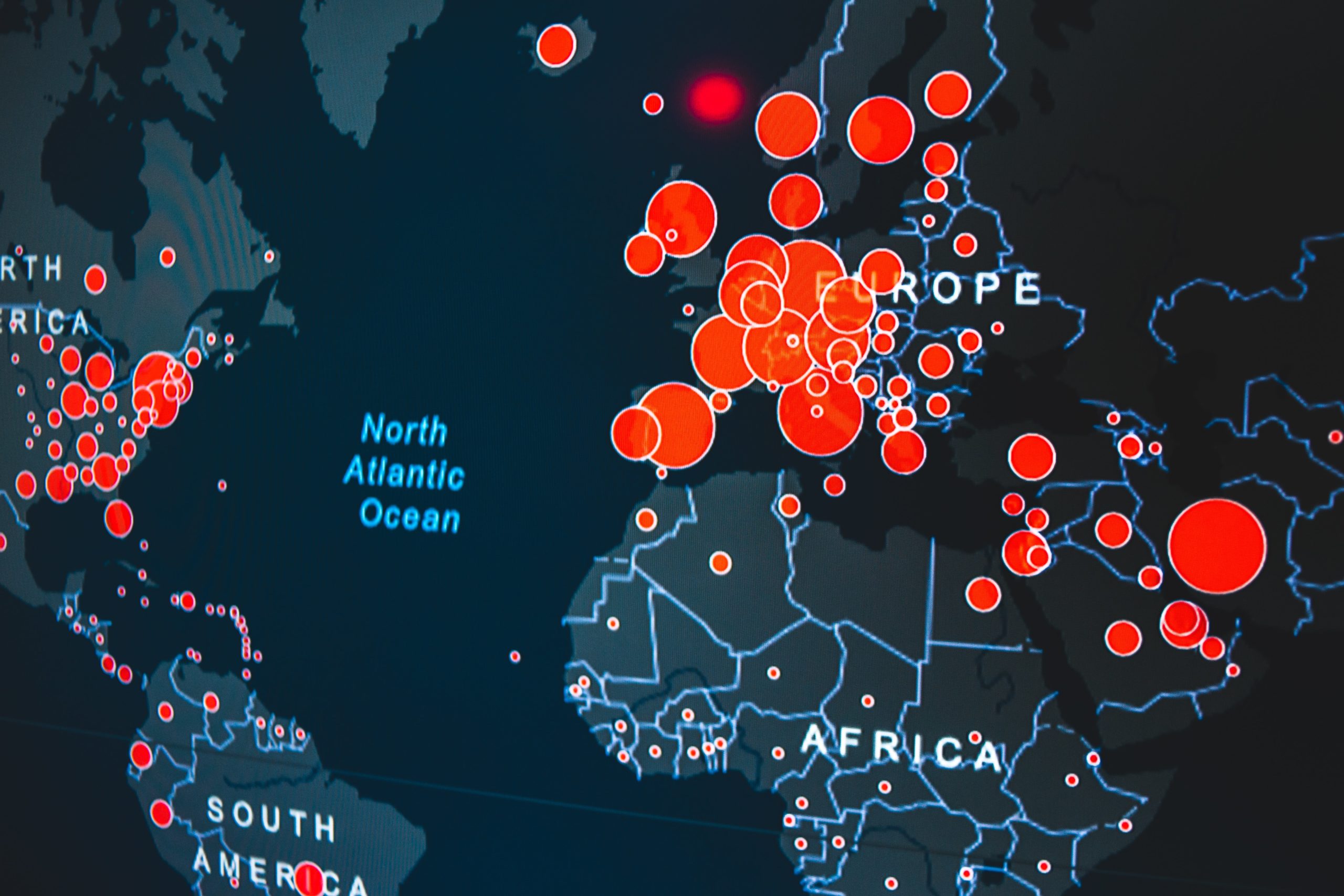Social distancing works but in its simplest form it is brutal and economically very damaging. We have already seen how tracing and testing can greatly improve it by applying social distancing at the right places, around infected people. Technology can help further. We need a social distancing approach that allows for our economies to re-start soon and be practiced easily for another 18-24 months, the probable time required for vaccine clinical trials and mass vaccination campaigns. At the same time, we want to avoid creating tools which can later be abused by governments and companies to track us and control us.
Now, imagine that an app in your phone would keep track of the probability that you are infected based on where you have been and the encounters you made and would share that risk information with people’s phones you encounter so their app could update their own risk estimation. All such sharing would be completely anonymous. Here, the aim is not to blame or identify, but rather to provide citizens with the information they need to minimize the risk of being contaminated by the virus. Imagine that before going to a public place or to work, you would be able to tell how much risk of being infected or infecting other people they would carry, so you could choose to keep your distances or adjust the time and location of your outings accordingly.
Imagine that you would always be able to know your own risk level so that would make you more self-conscious of the risk you pose to others, inciting you to stay at home and wash your hands more often. When you get tested, the medical professional would have a version of the app with encryption technology making it possible to provide your phone with the crucial information about the result of the test as well as upload anonymized information (not your GPS trajectory but the sequence of encounters and the associated risks) to a non-governmental data trust collecting a dataset for training the risk predictor and in return, you would obtain an updated version of the app risk predictor making more accurate predictions. The peer-to-peer tracing would thus require no centralized database of everyone’s movement. Only the anonymized and delocalized data needed to train the predictor would be centralized, the crucial geographical information about who you encounter where and when would remain in your phone and only be communicated peer-to-peer. The app could also answer your questions about the disease and connect you with local health authorities to be tested. It could use a daily check-up to verify that no new symptoms showed up and accordingly update your internal risk estimation.
Because some people do not have a smartphone (e.g. many older people), It is imaginable that this application would lead to an unprecedented solidarity effort by which companies or governments would provide those who need it with cheap smartphones containing the application.
Some of the parameters of the app could be tuned in each region by sharing only aggregated information to health authorities (about the current risk levels in some area) in order to keep the reproductive number (R) of the virus below 1 (i.e. to avoid exponential growth in cases) in the areas adopting the app, and thus strike the right balance between socio-economic damage (people losing their income and the economy’s ability to produce stuff) and health damage. The optimal point would probably be R less than 1 but not too close to it so as to remain robust to random fluctuations in infections.
Many details need to be worked out and designing this will require a collective effort with different types of experts, from epidemiology, mobile computing and user interfaces to machine learning, database encryption and legal expertise for the data trust. However, this could be developed in the open using open-source collaboration tools and distributed across the planet for free. Quickly.
Vargha Moayed & Yoshua Bengio
To join the effort, you are encouraged to reachout at: https://forms.gle/DnhQar6W8hYbwjBH9
Researchers who are working on a project involving COVID-19 and who would like support from the AI community are also encouraged to contact covid19research@mila.quebec.
You may also join the AI Against COVID-19 Slack Channel.
Photo by Erik Mclean on Unsplash
